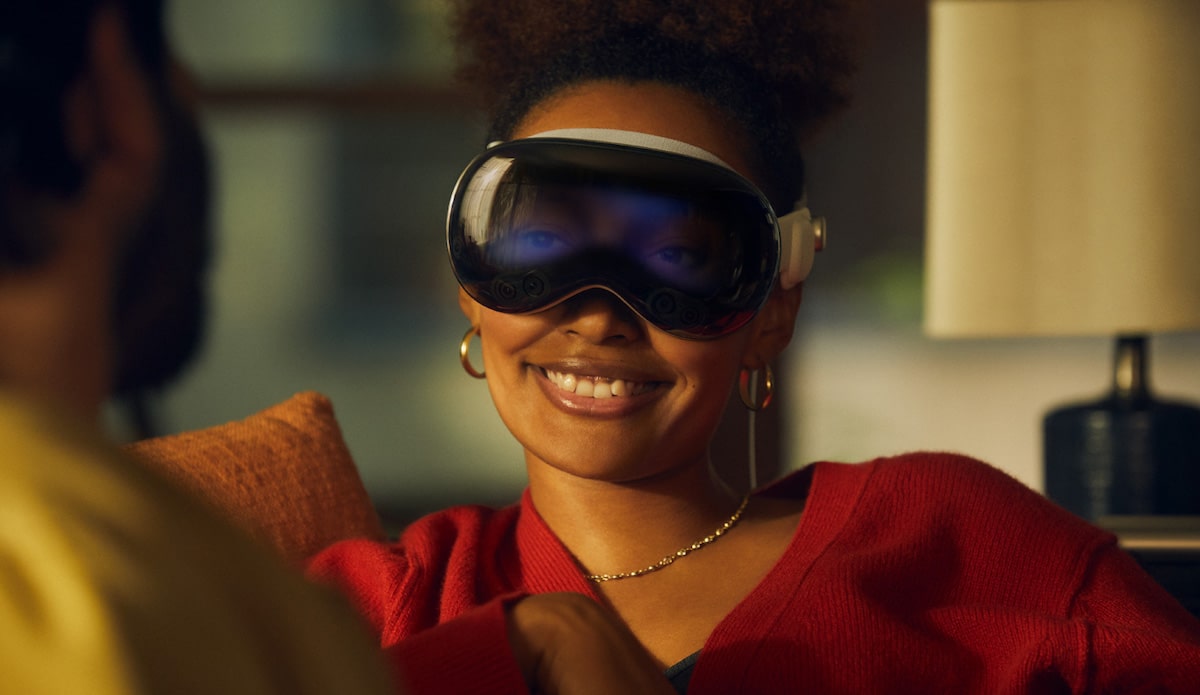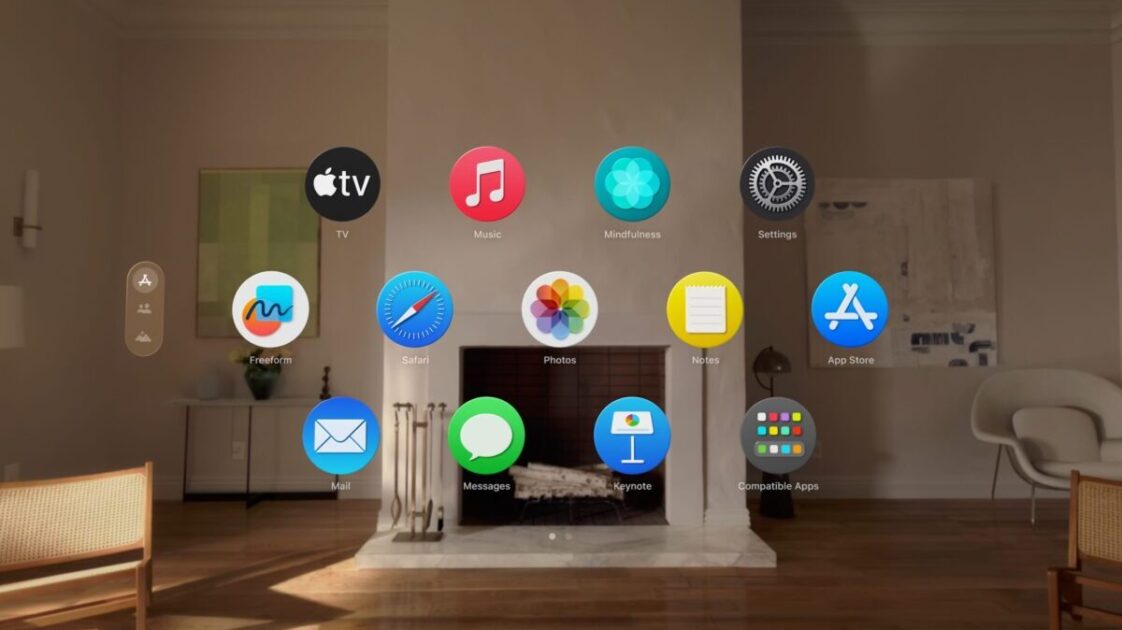Apple’s dive into mixed-reality with the Vision Pro headset has garnered mostly positive reviews from tech enthusiasts. It boasts cutting-edge tech and aims to seamlessly merge the digital and physical worlds. But amidst the hype, a key question remains: can the Vision Pro truly replace the iPad, as some experts suggest? The answer, according to Bloomberg’s Mark Gurman, is a resounding “not yet.”

Vision Pro’s software hurdles and how they hold it back from replacing the iPad
Apple’s engineering shines in the Vision Pro, featuring groundbreaking technology. Boasting 12 cameras, two infrared beams and receivers, six microphones, and a LiDAR scanner, this high-end gadget aims to offer a seamless blend of digital and physical experiences. Each eye is treated to a 4K resolution on screens that are a mere 7.5 microns in size, promising a transparent experience that keeps users connected to their surroundings while immersed in the digital realm.
While the Vision Pro boasts impressive specifications, achieving dominance might not be a straightforward path. With a hefty price tag of $3,500 and considerable weight, the device may struggle to attract mainstream users. Reports of discomfort and usability issues highlight the gap between concept and execution, posing challenges to widespread adoption.
The Vision Pro hardware is impressive as well. The built-in speakers are terrific. The processing power makes it feel responsive and snappy, and the graphics look great. The eye-and-hand control system also feels like the best interface yet in the headset world. And the operating system is easy to master for anyone familiar with the iPad and iPhone.
Beyond hardware concerns, the Vision Pro grapples with software limitations that dampen its potential. Users have reported difficulties with eye-tracking accuracy and software support, hindering seamless interaction with apps and peripherals. In addition to this, a lack of dedicated content and app optimization poses a barrier to realizing the device’s full capabilities.
But today’s Vision Pro is more of a preview of the future than the future itself. It’s too heavy and cumbersome, the battery life is far too short, and there aren’t enough dedicated apps. For all its strengths, the visionOS operating system suffers from more bugginess than you’d typically expect from an Apple product, even a first-generation one.

As Apple continues to refine the Vision Pro and developers innovate on the platform, its true potential will begin to emerge. With strategic adjustments to pricing, hardware, and software, the device may overcome its initial challenges and carve a niche in the market. However, it remains to be seen whether the Vision Pro can truly replace the iPad as a ubiquitous computing device.
(via Bloomberg)